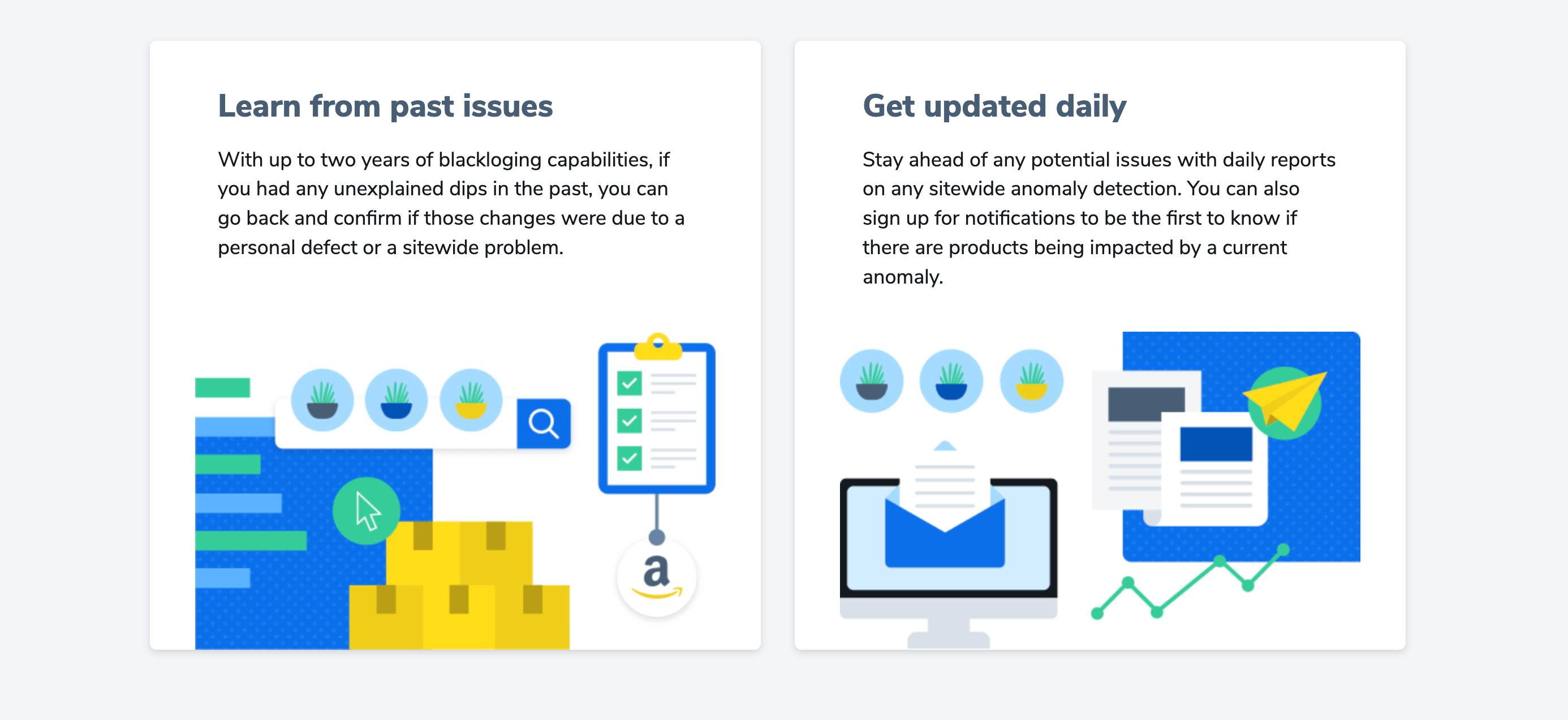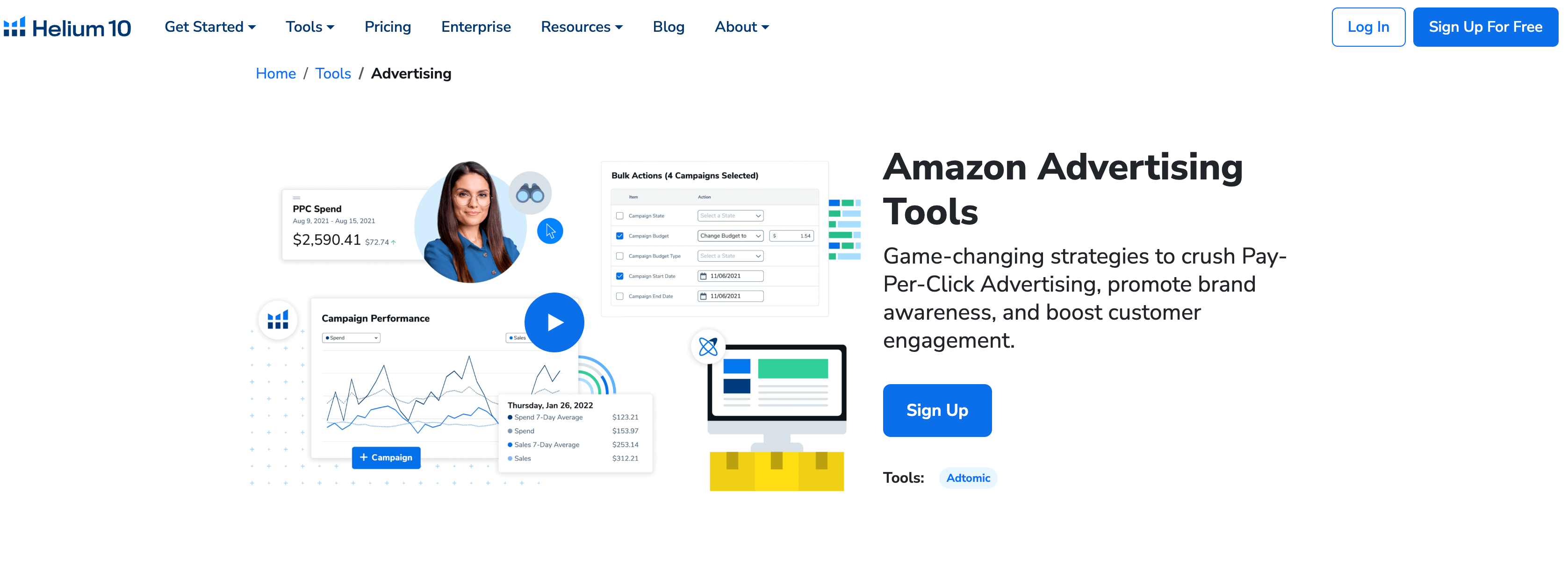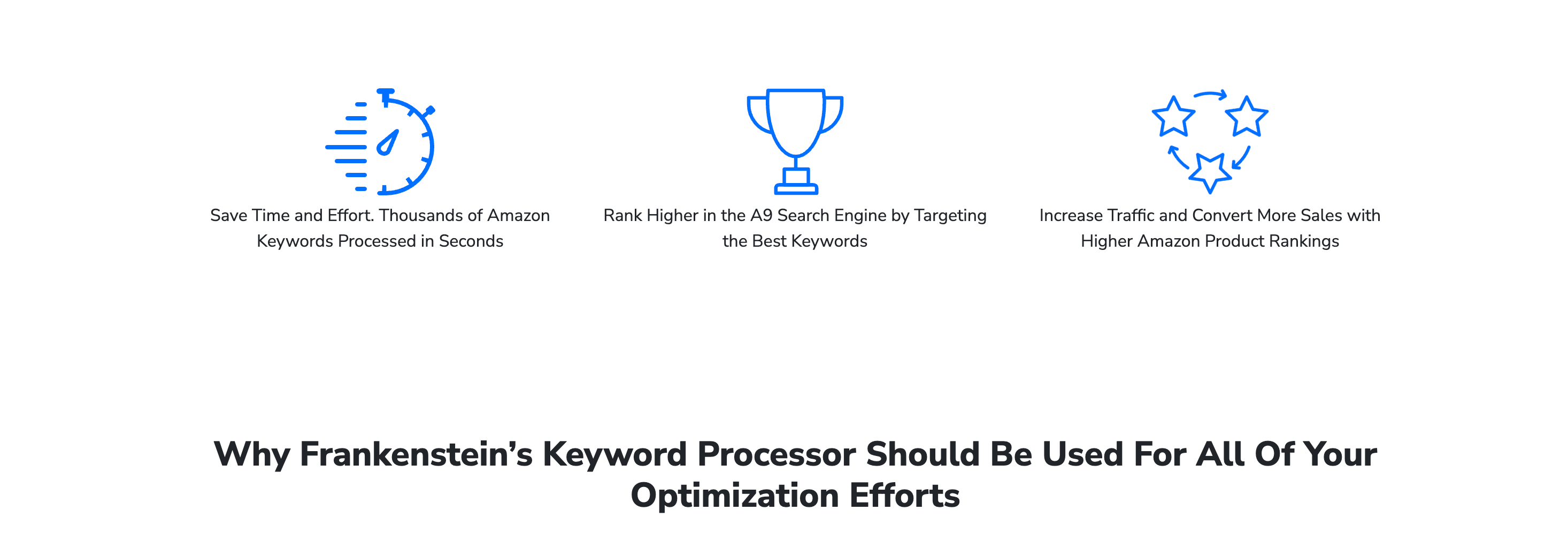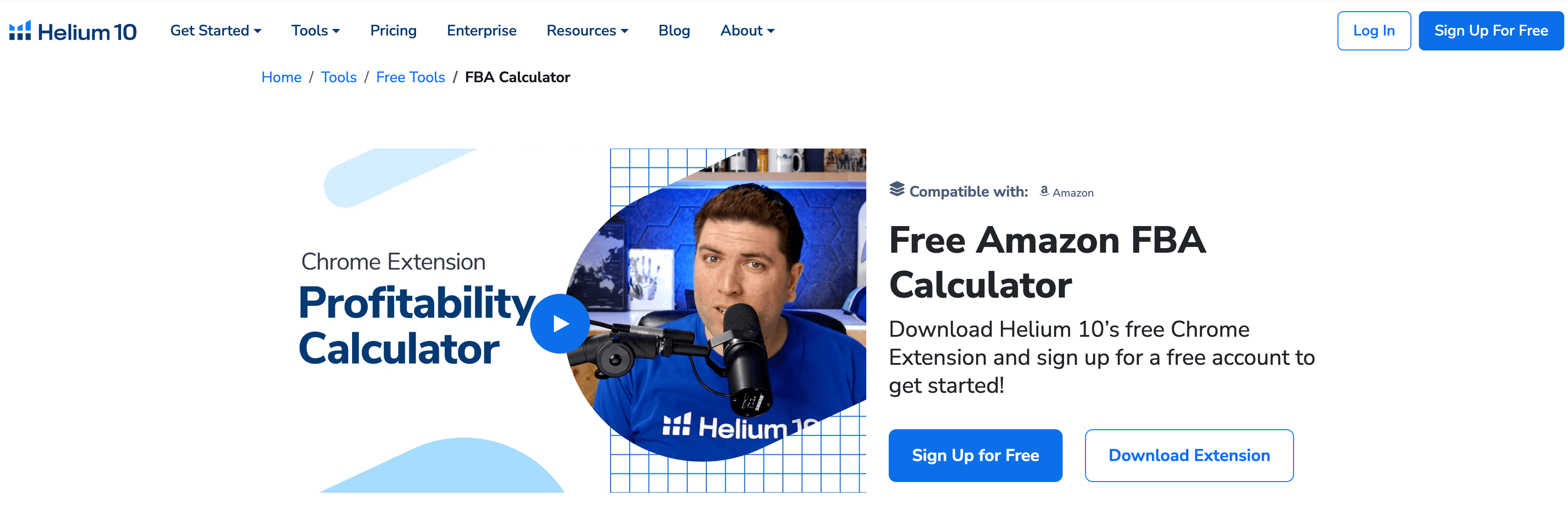Tracking Competitor Pricing Strategies with Helium 10 Alerts
In the competitive world of Amazon selling, pricing strategy is one of the most critical factors influencing your success. Pricing too high can drive customers to competitors, while pricing too low can erode your profit margins. To stay competitive, you need to monitor your competitors’ pricing strategies in real-time and adjust your own pricing accordingly. Helium 10, a leading software suite for Amazon sellers, offers a powerful tool called Alerts designed to help you track competitor pricing changes, inventory fluctuations, and other critical metrics. This guide will walk you through how to use Helium 10 Alerts to monitor your competitors’ pricing strategies, ensuring you stay ahead of the game and maximize your profitability. 💰📊
1. Introduction to Helium 10 and Alerts
Helium 10 is a comprehensive software suite designed to help Amazon sellers optimize their businesses. Founded in 2015, Helium 10 has become one of the most trusted tools in the Amazon seller community, offering over 20 tools for product research, keyword tracking, listing optimization, and more. Its mission is to empower sellers with data-driven insights to grow their businesses efficiently. 🌟
One of Helium 10’s standout features is Alerts, a monitoring tool that keeps you informed about critical changes in your Amazon business and your competitors’ activities. Alerts can notify you about price changes, inventory levels, review updates, and more, allowing you to respond quickly to market dynamics. For pricing strategies, Alerts is particularly valuable because it enables you to track your competitors’ pricing in real-time, helping you make informed decisions about your own pricing. 🚨📉
In this guide, we’ll explore how to use Helium 10 Alerts to track competitor pricing strategies effectively, ensuring you maintain a competitive edge in your niche.

2. Setting Up Helium 10 Alerts for Competitor Tracking
Before you can start tracking competitor pricing strategies, you need to set up Helium 10 Alerts. Here’s a step-by-step guide to getting started:
Step 1: Log in to Your Helium 10 Account
If you don’t already have a Helium 10 account, sign up for one. Once logged in, navigate to the Alerts tool from the dashboard. 🖥️
Step 2: Add Competitor Products
To track competitor pricing, you need to add their products to your Alerts list. Enter the ASINs or product URLs of the competitors you want to monitor. You can add multiple products to track several competitors simultaneously. 🔍
Step 3: Configure Alert Settings
Customize your alert settings to focus on pricing changes. You can choose to receive notifications via email or directly within the Helium 10 platform. Set the frequency of alerts to ensure you’re updated in real-time or at regular intervals. ⚙️
Step 4: Monitor and Analyze
Once set up, Helium 10 Alerts will notify you whenever your competitors change their prices. Use this data to analyze their pricing strategies and adjust your own pricing accordingly. 📈
By following these steps, you’ll be able to track competitor pricing effectively and stay competitive in your niche.

3. Analyzing Competitor Pricing Trends
Tracking competitor pricing is only the first step. To gain actionable insights, you need to analyze the data and identify trends. Here’s how to do it:
Step 1: Collect Pricing Data
Use Helium 10 Alerts to collect pricing data over time. This will help you identify patterns, such as frequent price drops, seasonal fluctuations, or promotional pricing strategies. 📊
Step 2: Compare Pricing Strategies
Compare your competitors’ pricing strategies with your own. Are they consistently undercutting your prices? Are they offering discounts during specific times? Use this information to refine your pricing strategy. 💡
Step 3: Identify Opportunities
Look for gaps in your competitors’ pricing strategies. For example, if a competitor raises their prices during peak seasons, you might consider offering a more competitive price to attract customers. 🎯
Step 4: Adjust Your Pricing
Based on your analysis, adjust your pricing to stay competitive. Helium 10 Alerts will help you monitor the impact of these changes in real-time. 🔄
By analyzing competitor pricing trends, you can make informed decisions that maximize your profitability and market share.

4. Leveraging Alerts for Inventory Management
Pricing isn’t the only factor that influences customer behavior. Inventory availability also plays a crucial role. Helium 10 Alerts can help you track your competitors’ inventory levels, giving you an edge in managing your own stock. Here’s how:
Step 1: Monitor Inventory Changes
Set up Alerts to notify you when competitors’ products go out of stock. This can be an opportunity to capture their customers by ensuring your product is available. 📦
Step 2: Plan Your Inventory
Use inventory data to plan your own stock levels. If a competitor frequently runs out of stock, you can position yourself as a reliable alternative by maintaining consistent inventory. 🗂️
Step 3: Optimize Pricing During Shortages
When competitors are out of stock, you can adjust your pricing to maximize profits without losing customers to competition. 💰
Step 4: Avoid Overstocking
By tracking competitors’ inventory trends, you can avoid overstocking and reduce storage costs. This is particularly important for products with limited shelf life or seasonal demand. 🛒
Leveraging Alerts for inventory management ensures you stay competitive while optimizing your operations.

5. Using Alerts to Monitor Competitor Reviews
Customer reviews are a critical factor in Amazon’s search algorithm and customer purchasing decisions. Helium 10 Alerts can help you monitor your competitors’ reviews, giving you insights into their strengths and weaknesses. Here’s how:
Step 1: Track Review Updates
Set up Alerts to notify you when competitors receive new reviews. This allows you to stay updated on their product performance and customer feedback. ⭐
Step 2: Analyze Review Content
Read through the reviews to identify common themes. Are customers praising specific features? Are there recurring complaints? Use this information to improve your own product and listing. 📝
Step 3: Address Competitor Weaknesses
If customers are unhappy with a competitor’s product, highlight how your product addresses those issues in your listing. This can help you attract their dissatisfied customers. 🎯
Step 4: Build a Stronger Brand
By monitoring competitor reviews, you can identify opportunities to build a stronger brand and improve customer satisfaction. This can lead to higher ratings and better search rankings. 🏆
Using Alerts to monitor competitor reviews gives you a competitive edge in understanding customer preferences and improving your product offerings.

6. Combining Alerts with Other Helium 10 Tools
Helium 10 Alerts is even more powerful when combined with other tools in the suite. Here’s how to integrate Alerts with other Helium 10 features for maximum impact:
Step 1: Use Cerebro for Keyword Insights
Combine Alerts with Cerebro to analyze the keywords your competitors are ranking for. This can help you optimize your listings and target high-performing keywords. 🔍
Step 2: Leverage Listing Analyzer for Optimization
Use Listing Analyzer to evaluate your listings and identify areas for improvement. Alerts can help you monitor the impact of these changes on your rankings and sales. 📈
Step 3: Track Trends with Market Tracker
Combine Alerts with Market Tracker to monitor market trends and identify emerging opportunities. This can help you stay ahead of the competition and capitalize on new trends. 🌟
Step 4: Optimize Pricing with Profits
Use Profits to analyze your pricing strategy and ensure you’re maximizing profitability. Alerts can help you monitor competitor pricing and adjust your strategy accordingly. 💰
By combining Alerts with other Helium 10 tools, you can create a comprehensive strategy to dominate your niche.

7. Best Practices for Using Helium 10 Alerts
To get the most out of Helium 10 Alerts, follow these best practices:
Tip 1: Focus on Key Competitors
Instead of tracking every competitor, focus on the ones that pose the biggest threat or have the most successful strategies. This will help you prioritize your efforts. 🎯
Tip 2: Set Realistic Alert Frequencies
Avoid overwhelming yourself with too many alerts. Set realistic frequencies that allow you to stay informed without being bombarded with notifications. ⏰
Tip 3: Act Quickly on Insights
The Amazon marketplace moves quickly. Use the insights from Alerts to make timely adjustments to your pricing, inventory, and listings. 🚀
Tip 4: Continuously Refine Your Strategy
Use the data from Alerts to continuously refine your strategy. Regularly review your competitors’ activities and adjust your approach to stay competitive. 🔄
By following these best practices, you’ll maximize the effectiveness of Helium 10 Alerts and stay ahead of the competition.

8. Case Study: Success with Helium 10 Alerts
To illustrate the power of Helium 10 Alerts, let’s look at a real-world case study:
Background
A mid-sized Amazon seller in the home goods niche was struggling to compete with larger competitors. Despite having a high-quality product, their sales were stagnant due to aggressive pricing by competitors. 🏠
Solution
The seller used Helium 10 Alerts to track competitor pricing and inventory levels. They identified that their main competitor frequently raised prices during peak shopping seasons, leaving an opportunity for competitive pricing. 🎯
Results
By adjusting their pricing strategy based on Alerts data, the seller was able to capture a larger share of the market during peak seasons. Their sales increased by 35% within three months, and they maintained a strong competitive position. 📈
This case study demonstrates how Helium 10 Alerts can help sellers overcome challenges and achieve significant growth.
By using Helium 10 Alerts to track competitor pricing strategies, you can stay competitive, optimize your pricing, and maximize your profitability. With the right tools and strategies, you can dominate your niche and achieve long-term success on Amazon. 🚀🌟


Comments